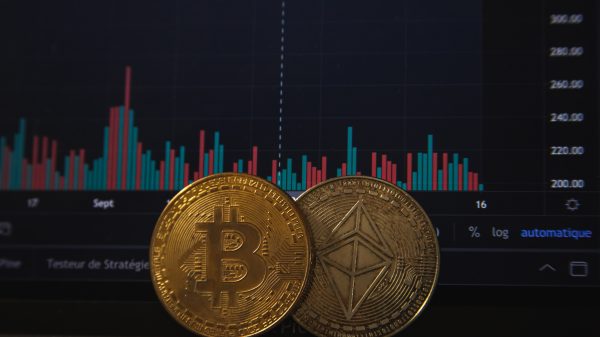There has been a massive 30.93% decrease in the amount of content that has been deleted through automated detection, Google revealed in its compliance report for the month of September.
India’s Information Technology (IT) Rules, 2021 mandate significant social media intermediaries (SSMIs) to publish periodic compliance reports. Similar to the compliance report for August, Google mentions that the reported content has been removed from “all its platforms”, but does not specify which platforms are covered by the report.
In September, Google removed 450,246 content through automated detection, while in August it removed 651,933 content. The current report marks a shift in Google’s trend of relying more on automated detection over a few months. Earlier, Google had recorded a 13 per cent increase in removal of content through similar means in August from July.
For the automated detection process, Google uses —
- Location data of the sender or creator of the content
- Location of account creation
- IP address at the time of video upload
- User phone number
Decrease in content removals based on user complaints
The compliance report also showed that there has been a 17.72% decrease in the number of content that was deleted on the basis of user complaints. The decrease in content removal can be attributed to a fewer number of complaints received from users in September.
In August, the platform removed 93,550 items based on 35,191 user complaints, and in September, Google removed 76,967 content based on 29,842 user complaints. While most of the now-removed content was regarding copyright violations (96.1%), other items that were removed were based on trademark infringement (1%), defamation (1%), court orders, graphic sexual content, and so on.
Earlier compliance reports show that the decrease in user complaint-based content removal is not new, although the rate was very minuscule (2.22%).
Why are items removed more than complaints received? Google said, “A single complaint may specify multiple URLs, referred to in the report as “items”, that potentially relate to the same or different pieces of content.”
Here is a comprehensive look at what was removed —
What do the IT Rules say?
Rule 4(d) of the Rules specify that Significant Social Media Intermediaries (who have more than 50 lakh users) must:
publish periodic compliance report every month mentioning the details of complaints received and action taken thereon, and the number of specific communication links or parts of information that the intermediary has removed or disabled access to in pursuance of any proactive monitoring conducted by using automated tools or any other relevant information as may be specified.
“To allow sufficient time for data processing and validation, there will be a two-month lag for reporting,” Google had said in its June report, adding that it would include more granular data in subsequent reports.
Also read:
- Google Will Comply With India’s New IT Rules: Sundar Pichai
- Relying On Automated Takedowns, YouTube Removed More Videos In April-June Than It Ever Has
- Relying on automated detection, Google removes 576,892 content from all platforms: July compliance report
Among other subjects, I cover the increasing usage of emerging technologies, especially for surveillance in India






























You must be logged in to post a comment Login